UPSESSB conduct the exam Advt. No. 01/2016 Trained graduate and Advt. No. 02/2016 Lecturer Cadre. UP PGT exam held on February 1, 2019 (Friday) . UP PGT (Post Graduate Teacher) Biology Exam Paper 2019 Answer Key available here. –
Subject – Biology
Organizer – UPSESSB (Uttar Pradesh Secondary Education Service Selection Board)
Date of Exam – February 1, 2019 (09:30 AM – 11:30 AM)
Total Questions – 125
UPSESSB Lecturer PGT Exam 2019
Subject – Biology
1. Family cucurbitaceae belongs to order
(A) Ficoidales
(B) Passiflorales
(C) Sapindales
(D) Malveles
Show Answer/Hide
2. The micronucleus of Paramecium is
(A) diploid
(B) polyploid
(C) non-reproductive
(D) the main source of RNA
Show Answer/Hide
3. The enzyme fatty acid synthetase complex is made up of
(A) 5 units
(B) 6 units
(C) 7 units
(D) 8 units
Show Answer/Hide
4. Conjoint, bicollateral, open vascular bundles are found in stem of
(A) Cucurbitaceae
(B) Rosaceae
(C) Malvaceae
(D) Ranunculaceae
Show Answer/Hide
5. The book ‘Origin of Species’ was published in
(A) 1809
(B) 1858
(C) 1859
(D) 1956
Show Answer/Hide
6. In the Seismonastic movement of Mimosa pudica leaves involved
(A) Osmotic pressure
(B) Turgor pressure
(C) Wall pressures
(D) Diffusion pressure deficit
Show Answer/Hide
7. Oxygen-Haemoglobin dissociation curve will shift to right on decrease of
(A) CO2 concentration
(B) Temperature
(C) pH
(D) Acidity
Show Answer/Hide
8. Which of the following is non-coding RNA?
(A) mic RNA
(B) Hn RNA
(C) Sno RNA
(D) All given above
Show Answer/Hide
9. Bladder worm is found in
(A) Human muscles
(B) Muscles of pig or cow
(C) Human faces
(D) Soil
Show Answer/Hide
10. All organisms were classified into eight kingdoms of two empires by
(A) R. H. Whittakar
(B) Haeckel
(C) Woese et. al.
(D) Cavalier-Smith
Show Answer/Hide
11. Primitive streak in development of chick embryo is formed after incubation of
(A) 18 hours
(B) 16 hours
(C) 20 hours
(D) 22 hours
Show Answer/Hide
12. Which of the following genus has been divided into two sub-genera named Haploxylon and Diploxylon
(A) Cycas
(B) Pinus
(C) Ephedra
(D) Psilotum
Show Answer/Hide
13. Which of the following is not a halophyte?
(A) Distichlis striata
(B) Artemisia tridentata
(C) Rhizophora
(D) Eichhornia crassipes
Show Answer/Hide
14. Which era is regarded as the ‘Age of Mammals’?
(A) Precambrian
(B) Palaeozoic
(C) Mesozoic Hell
(D) Coenozoic
Show Answer/Hide
15. Pyramid of energy in pond ecosystem is always
(A) Inverted
(B) Firstly inverted then upright
(C) Upright only
(D) Any of the above
Show Answer/Hide
16. Xenobiotics refers to
(A) Endogenous poisons
(B) Antibodies
(C) Vaccines
(D) Exogenous poisons
Show Answer/Hide
17. Primary productivity is maximum in
(A) Tropical rain forests
(B) Tropical grassland
(C) Temperate forests
(D) Monsoon forests
Show Answer/Hide
18. One fibril of cell wall is made-up of
(A) 20 microfibrils
(B) 100 microfibrils
(C) 250 microfibrils
(D) 50 microfibrils
Show Answer/Hide
19. The Glomerular content of Proximal tubule in comparison with blood plasma is
(A) Isotonic urine
(B) Hypotonic urine
(C) Hypertonic urine
(D) None of these
Show Answer/Hide
20. What is called as “Reverse Genetics” approach?
(A) From gene to enzyme
(B) From DNA to phenotype
(C) From phenotype to DNA
(D) From RNA to DNA
Show Answer/Hide

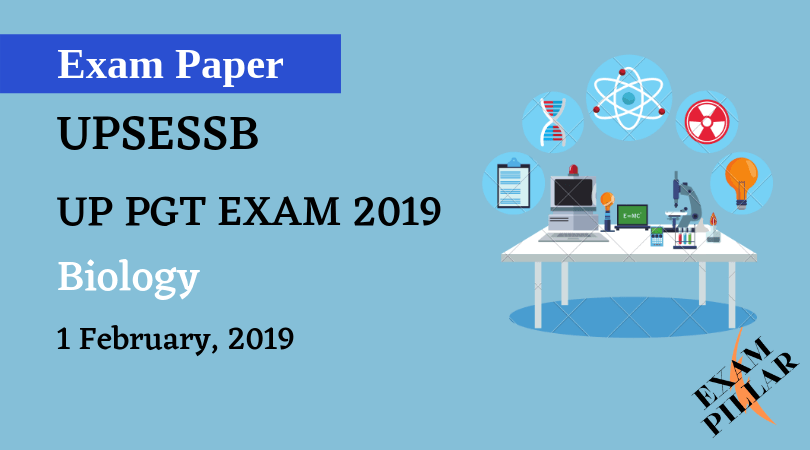
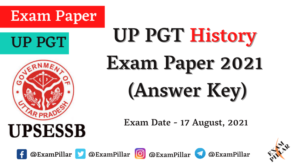
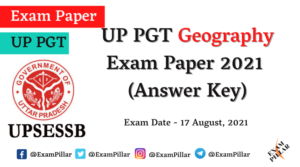
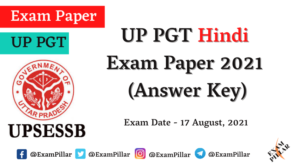
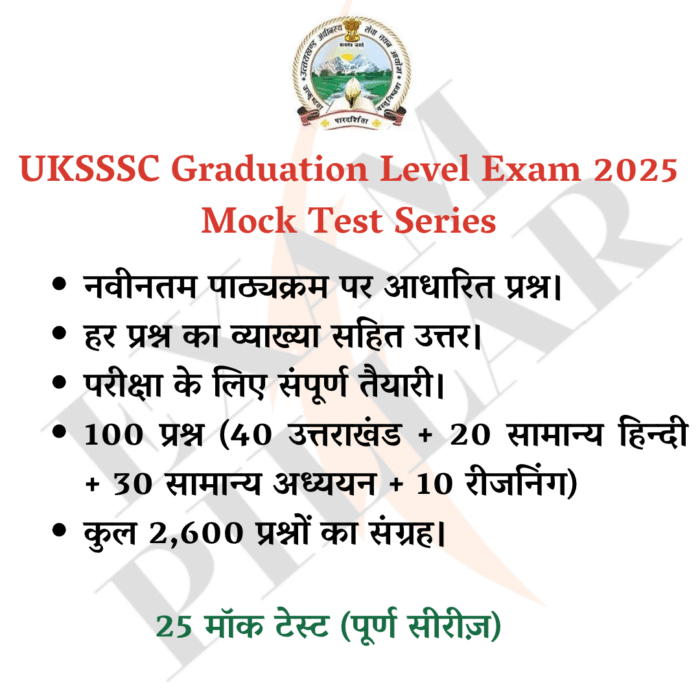


RO